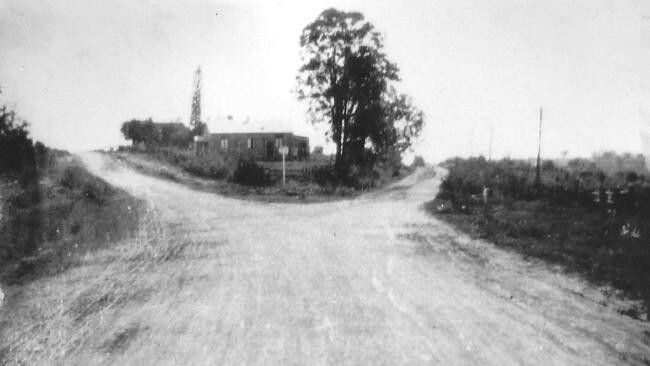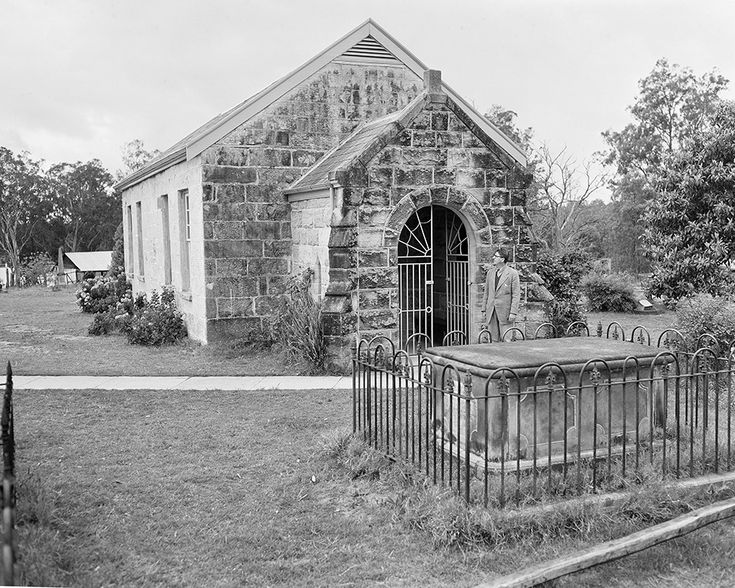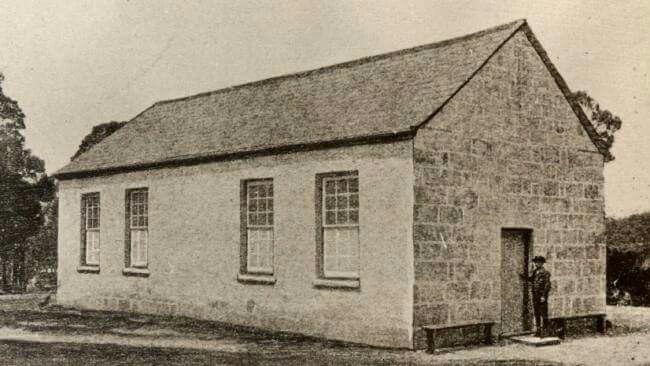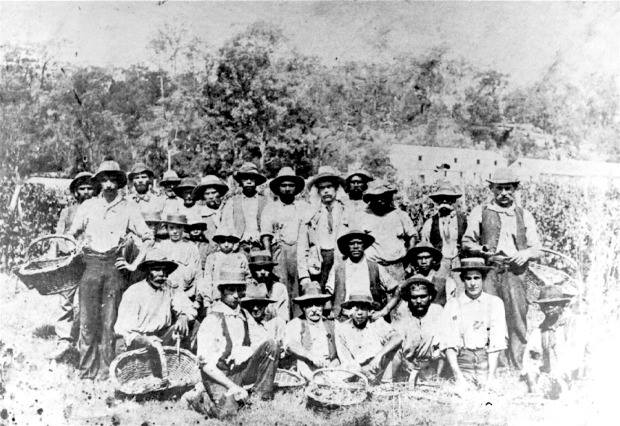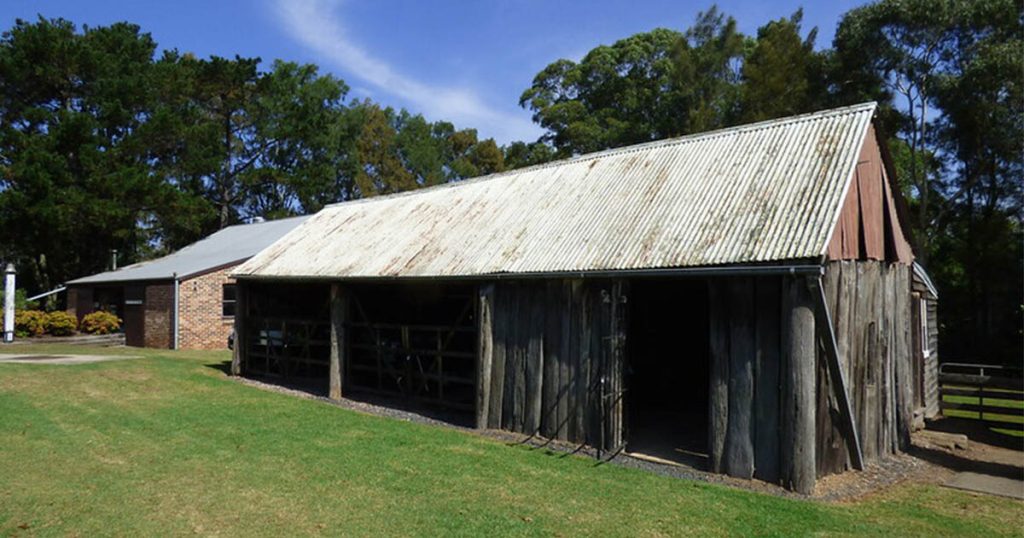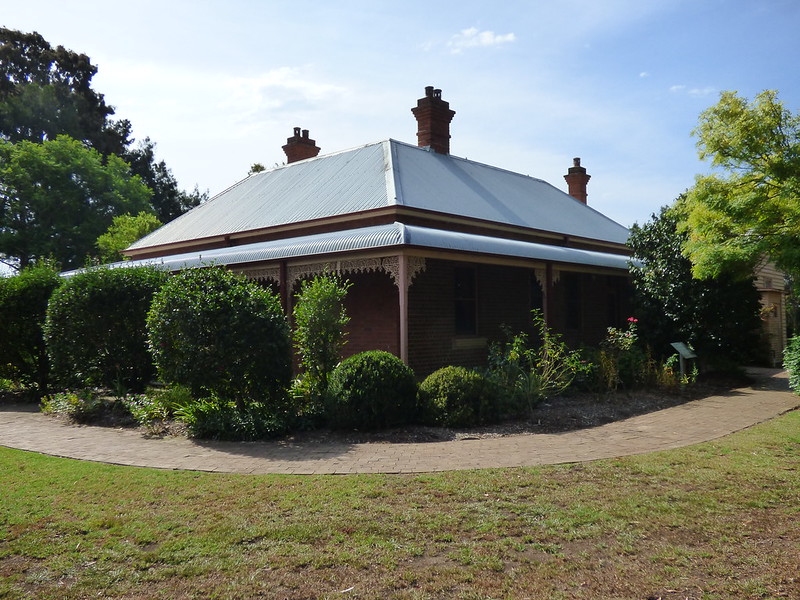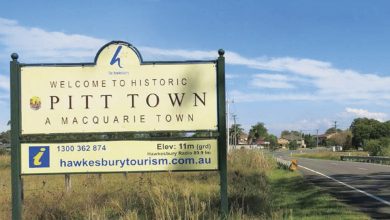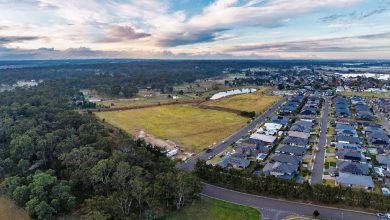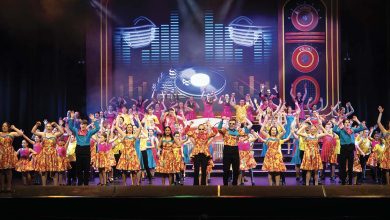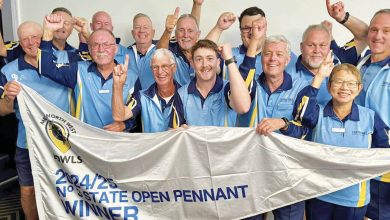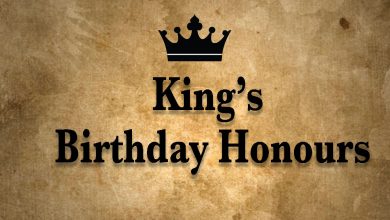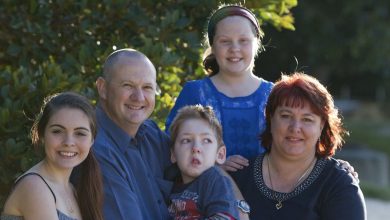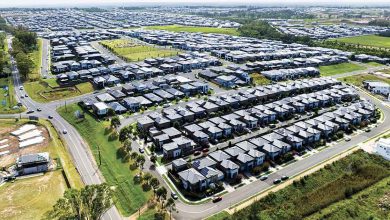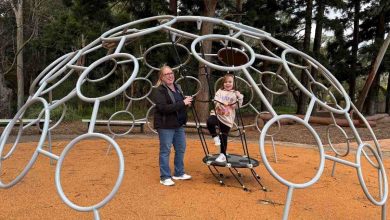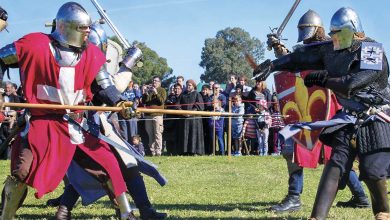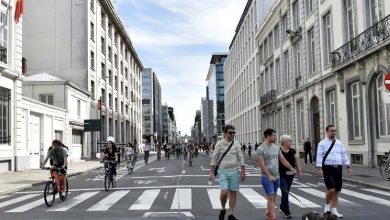I have been asked by some readers to continue to explain how suburbs or localities within the Hills and Hawkesbury areas came to be named.
DURAL is an Aboriginal name, the meaning of which is obscure. There is a suggestion that it refers to a hollow tree from which smoke is rising. The name was originally spelt Dooral and was bestowed on the area in 1819 by James Meehan, a surveyor, and was applied to a greater area than that of the current suburb. Various parts of the district were named Upper Dooral, Middle Dooral and Lower Dooral. In the past it was a major timber and fruit growing area.
EBENEZER was previously called Portland Head, a small hill opposite what is now, Ebenezer Church was called Ebenezer Mount and was the site of meetings of Christians in the area. After the building of the church, the area became known as Ebenezer.
FIDDLETOWN. According to a report that I read some years ago, the story goes that two brothers were given a grant of land in what was then called Upper Galston. A requirement was made that they had to spend at least one night a week on the land during the time that the land was being developed. To relieve the boredom and isolation they each bought a fiddle (violin) which they played at local gatherings. They became known locally as “The Boys from Fiddletown”, with the area then becoming known as Fiddletown.
FREEMANS REACH. You can take your pick of two versions as to which you believe. One common theory is that it was named after the free men who settled this section of the Hawkesbury in the early days of the colony. The second theory is that it was named after two brothers, William and James Freeman who were convicts who arrived in 1790s and who settled in the area.
GALSTON was settled in the early Nineteenth century and was originally named Upper Dural It later was renamed as North Colah. In 1887, following a public meeting, it was again renamed after a town in Kilmarnock, Scotland to Galston.
GLENHAVEN was originally named Sandhurst but underwent a name change in the 1890s to avoid confusion with a Victorian area with the same name. Glenhaven was chosen as the district was in a valley (Glen) and the southern portion was known as “The Haven”, hence “Glenhaven” being the choice.
GLENORIE was originally called North Dural and was a major source of timber from 1817, By the 1870s, citrus growers were prominent in the area. By the early 1890s the Post Office found confusion amongst the public with other areas called Dural (see Dural above) so compiled a list of alternative names and residents were asked in 1894 to select from that list and Glenorie, of Scottish origin, was chosen.
GLOSSODIA originally called Currency Creek after the term used to describe those born in the colony as a currency lass or lad. Currency Creek was changed in 1922 to Glossodia and named after the small blue orchids found in the area.
GROSE VALE and GROSE WOLD were both named after Lt. Francis Grose who arrived in Sydney in 1792 and had established the first settlers in the Hawkesbury by 1794. The Grose River was also named after him.
KELLYVILLE. The district was called by various names including Nowhere Here and similar derivations. Later it became known as Irish Town due to the large number of residents of Irish extraction living in the area. Hugh Kelly was a large landowner and prominent businessman in the district and when his properties were subdivided in the 1880s it became known as Kellyville.
KENTHURST was formerly known as Middle Dural. There was a suggestion that it should be called Kent Forest, however, as the area consisted of wooded hillocks. The old Anglo- Saxon word for hillock is hurst, and it was decided that Kenthurst was the name that best suited to the area.
